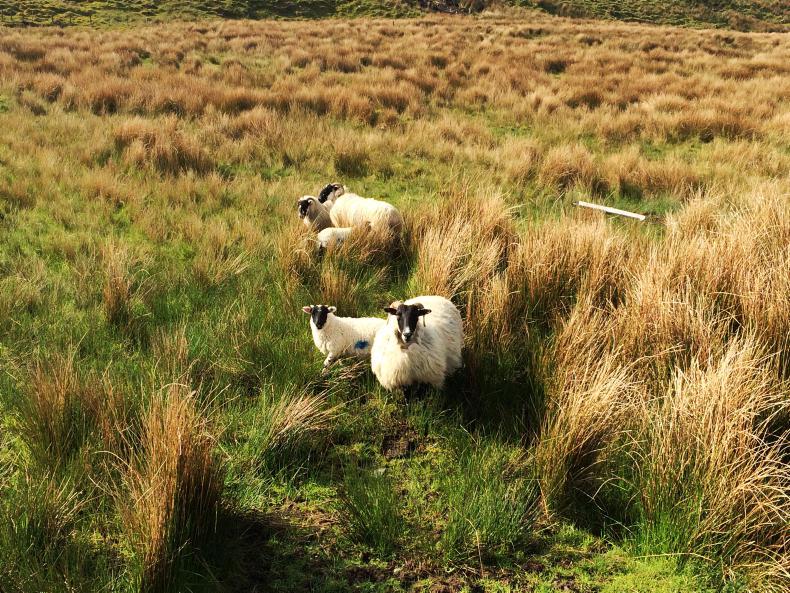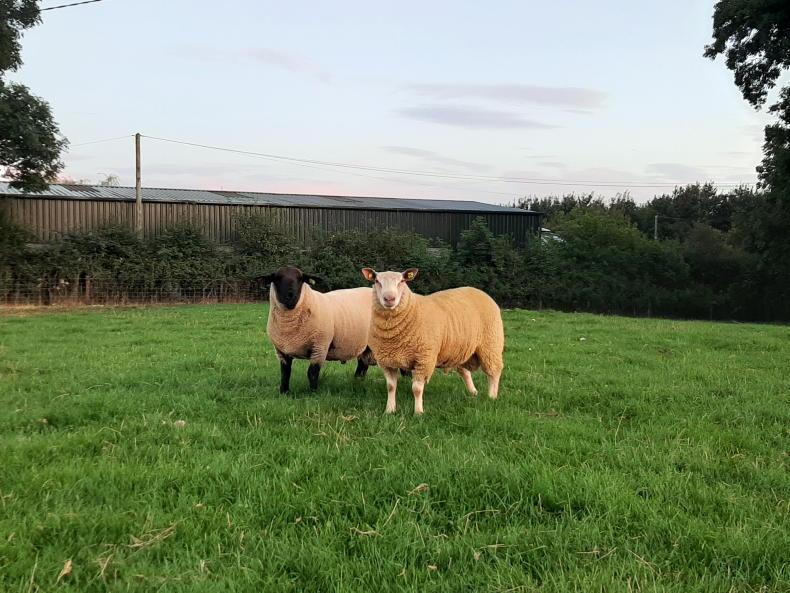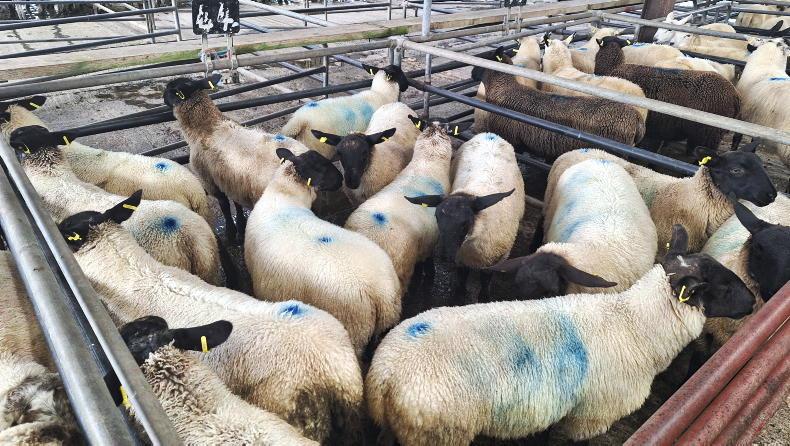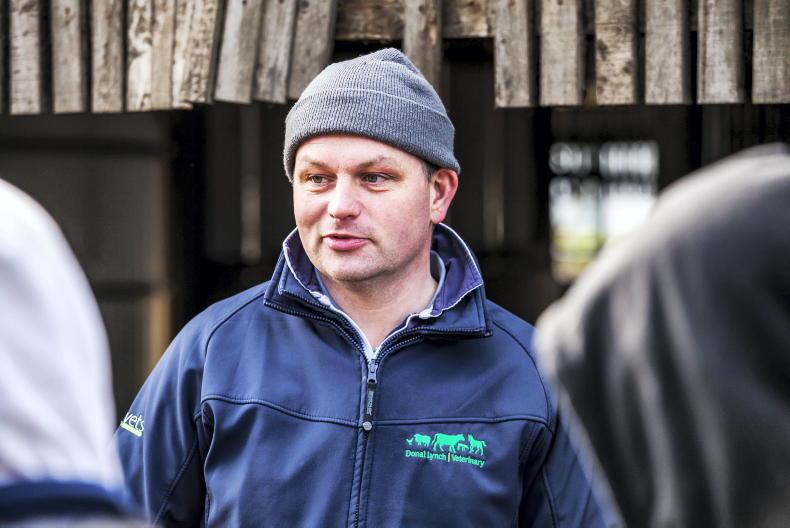Tick burden in young lambs: Reports from farmers, veterinary professionals and pharmaceutical companies point to greater problems with tick-borne diseases at an earlier stage of the year than normal. The high-risk periods for infections are typically spring and autumn but wetter summers and milder winters have also extended the season and led to problems outside the normal window for disease. The earlier onset of issues in hill areas is stemming from the dry weather providing ideal conditions for tick activity.
There is a variety of tick-borne diseases that affect sheep and cattle with tick-borne fever, tick pyaemia, Q fever, louping ill and Lyme disease all presenting a challenge to sheep production in Ireland, while redwater is a significant issue in cattle production. Adult livestock can develop an immunity but bought in and young stock are susceptible and this is generally where disease is seen most.
Control strategies include the use of external long-acting parasiticides that are aimed at ticks and which can be used to kill and provide a level of protection during high-risk periods. Long-term, the goal should be to try and address the environment in which ticks thrive.
Young Vector is a common control option in hill farms providing 10 weeks cover along with blowfly protection (six to eight weeks), headflies (four weeks cover) and biting lice. The pour-on Ectofly also combines treatment for ticks with blowfly protection (up to eight weeks), treatment and control of headflies and biting lice.
There are also other pour-on products on the market that treat and prevent tick infestations for up to six weeks. These products, including Dectospot, Deltanil, Fly and Lice Spot-on and Spotinor, will treat an established fly strike but will not provide any protection. It is important to note that there is currently no dipping product on the Irish market that treats or prevents ticks, but it is hoped that Cyperguard, which has a tick claim, will be back on the market in the coming weeks.
Injection sites: The sheep feature on page 35 includes a Q&A with Sarah Campbell, MSD veterinary specialist on clostridial disease vaccination. The recommended injection site for the vaccine is in the animal’s upper neck region to one side. This should be the preferred site for administering an injection irrespective of the product as there is a lower risk of damaging higher-value areas of the carcase if an infection or abscess were to develop. Care should also be taken to reduce the risk of self-injecting, including correctly restraining sheep. Where an accidental self-injection occurs, the area should be immediately washed thoroughly along with seeking medical attention where required. This is vital for oil-based products such as Footvax as oil-based products will trigger an immune response which can have serious consequences.
Green light for shearing: The Irish Sheep Shearers Association report they have received approval from the Department of Agriculture for its members to carry out shearing. ISSA chair Roy Collier welcomed the news and said clarification is being sent to all members, along with protocols that should be put in place. These protocols follow the guidelines printed on last week’s sheep page, which can also be accessed on here.










SHARING OPTIONS